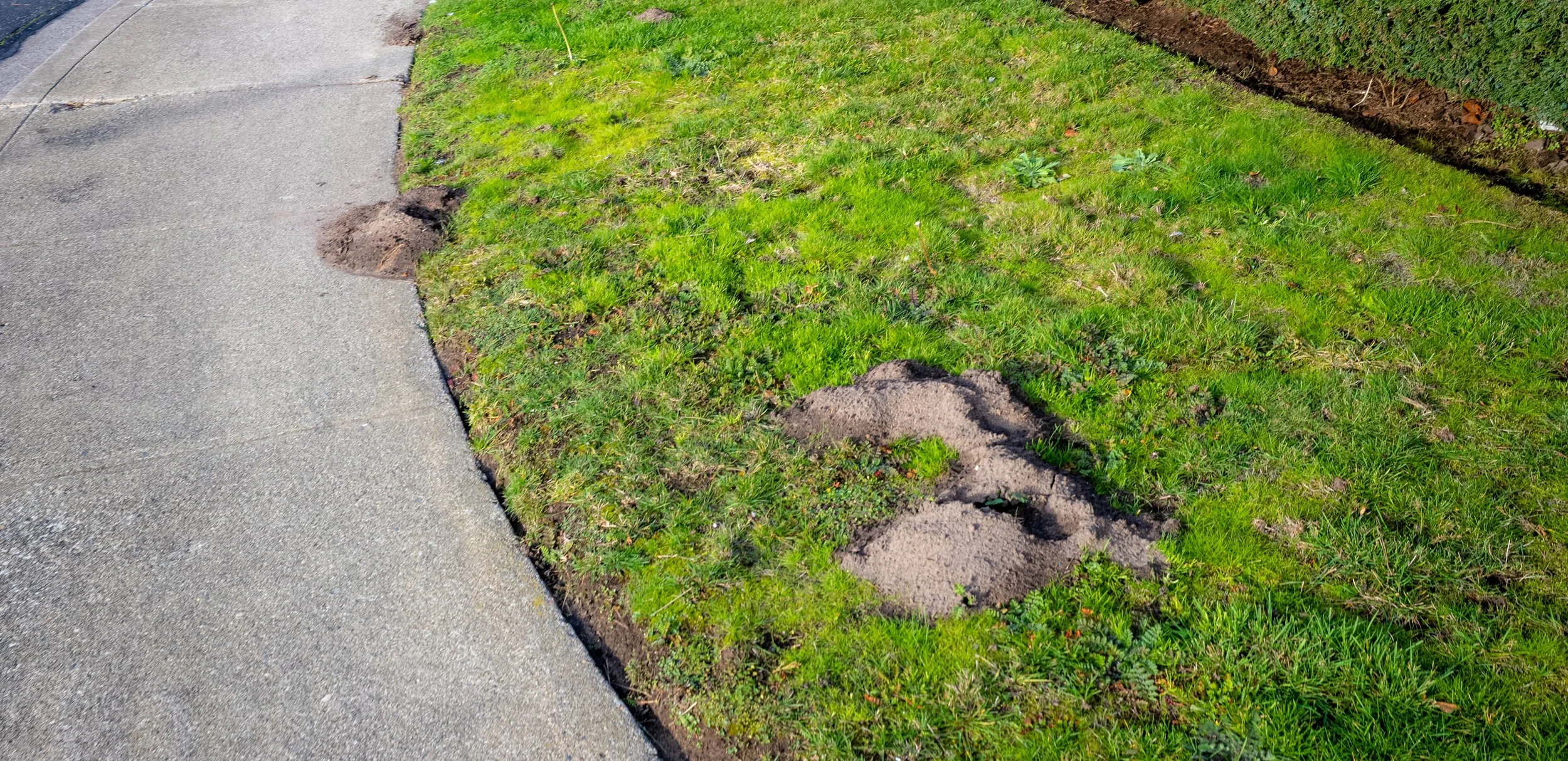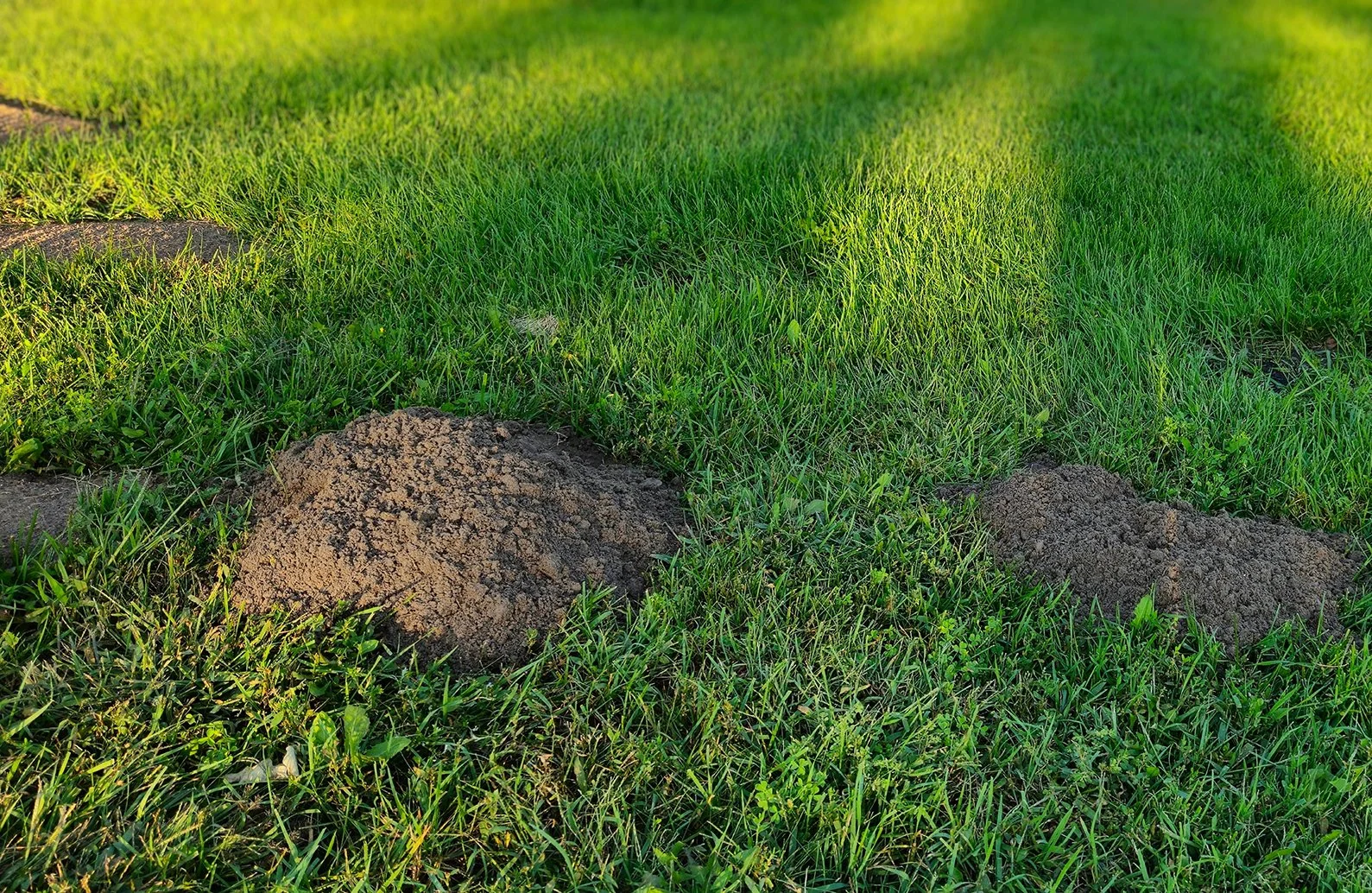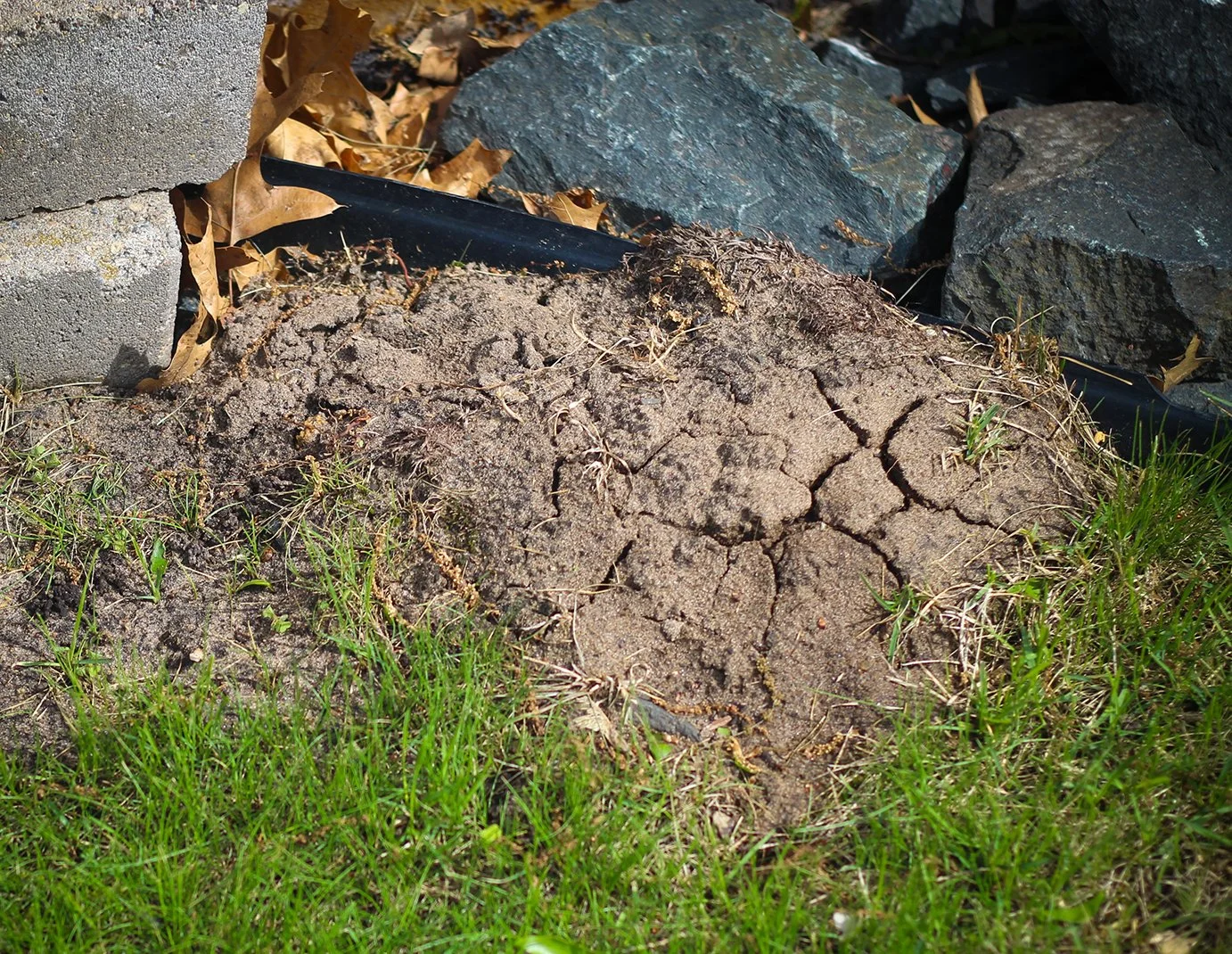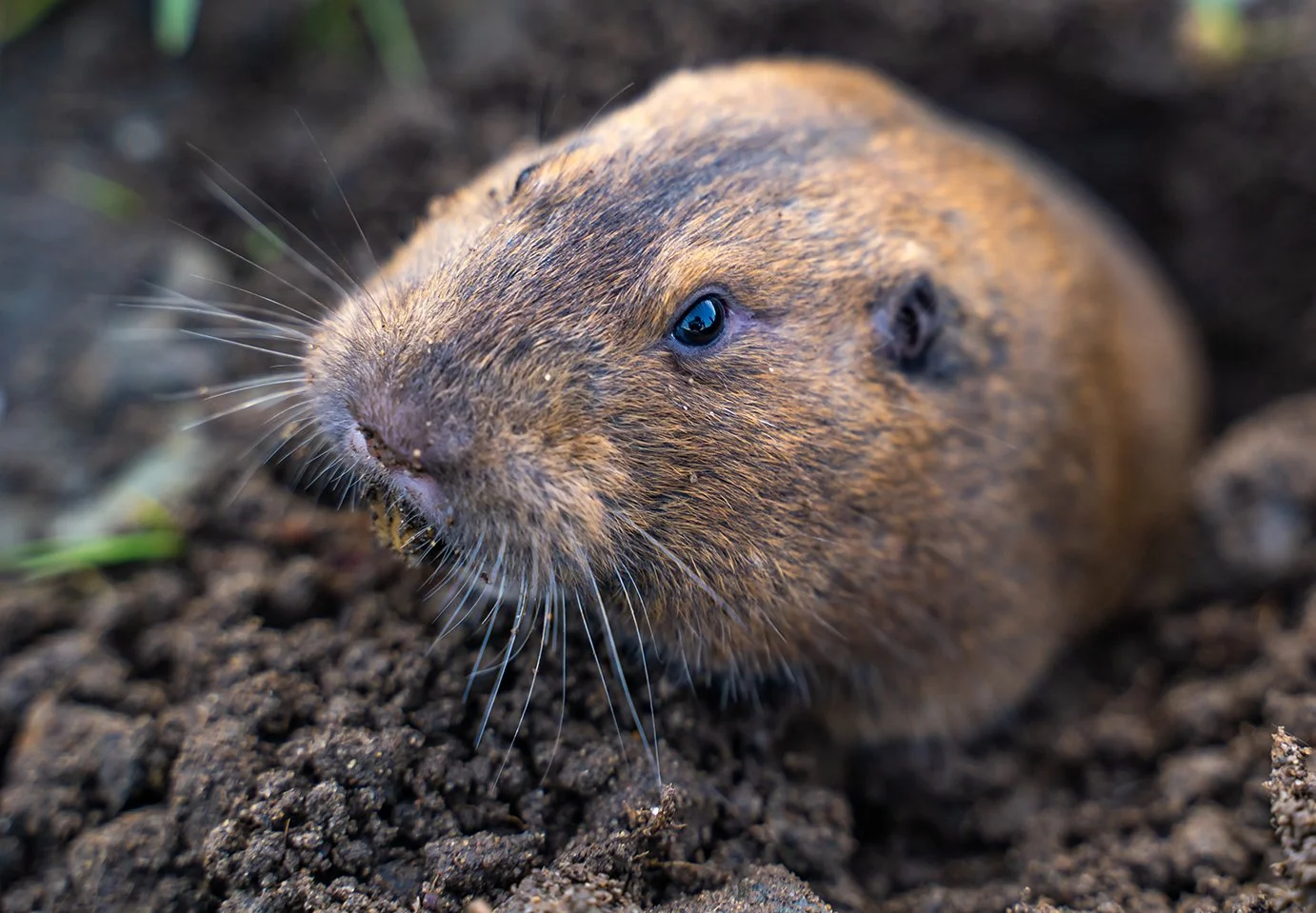Gophers
Pocket gophers are small, burrowing rodents native to Southern California. They are named for their distinctive fur-lined cheek pouches, which they use to transport food and nesting materials. Typically measuring between 5 to 14 inches in length, gophers possess strong forelimbs with large claws and prominent incisors that aid in digging extensive tunnel systems. These solitary animals primarily feed on plant roots, tubers, and underground stems, often causing significant damage to gardens, lawns, and agricultural fields. Their burrowing activities can disrupt irrigation systems and lead to soil erosion.



Burrowing Behavior
Gophers are expert diggers, creating extensive burrow systems that can stretch up to 200 yards. Their tunnels serve multiple purposes, including foraging, nesting, food storage, and waste disposal. Surface activity is often indicated by fan-shaped mounds of freshly excavated soil.
-
Burrows can be up to 6 feet deep
Fan-shaped mounds are signs of activity
Solitary creatures, each maintaining its own burrow system
Range & Habitat
Pocket gophers are widespread across California and much of the western United States. They inhabit various environments, including grasslands, woodlands, agricultural lands, and suburban areas including your HOA . Their presence is limited only by major rivers, barren deserts, or rocky terrains where burrowing is challenging.
Landscape Impact
In Southern California, pocket gophers can cause significant damage to gardens, lawns, and agricultural fields by feeding on plant roots and creating extensive burrow systems. Their tunneling can disrupt irrigation systems, leading to soil erosion and compromised landscape aesthetics.
-
Destruction of crops and ornamental plants
Damage to irrigation systems and sprinklers
Soil erosion due to diverted irrigation water
Interference with lawn maintenance and landscape aesthetics
Diet
Pocket gophers are herbivores, primarily feeding on plant roots, tubers, and underground stems. They occasionally consume aboveground vegetation near their burrow openings, sometimes pulling entire plants into their tunnels.
-
Feed mainly on underground plant parts
Occasionally consume aboveground vegetation
Can cause significant damage to gardens and agricultural fields


